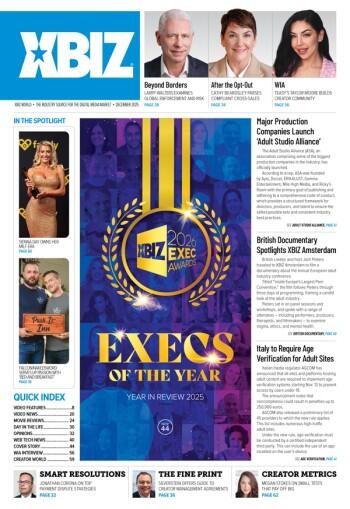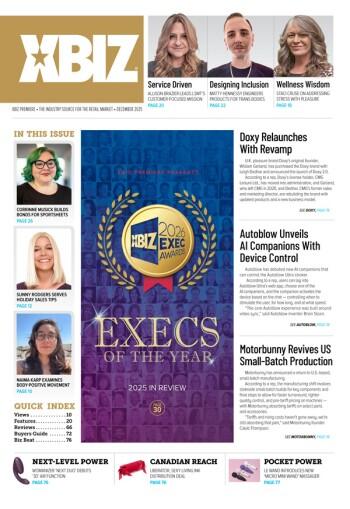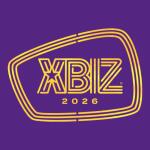Wondering where your traffic went? Facebook is one answer, and you should be there with your customers, too. For those who have been reluctant to use this popular platform, here’s a quick-start guide to getting results:
First, consider that Facebook offers both personal and business accounts, and while it is safe to say that much business is conducted via personal accounts, there are benefits to being professional in your approach by using a business account, if business is your goal.
Remember: your page is an extension of your business, it’s an easy way to share updates and more with the people who matter most [and is] ready to help you engage your customers on desktop and on mobile.
Having said that, the familiarity of Facebook for many folks, combined with the ease of establishing a personal account, make this the most popular option for adult marketers — although you may want to use separate accounts for your personal life, and porn life.
Follow the on-screen prompts and you’re online in a matter of moments; ready to see updates from friends old and new, while broadcasting the minutiae of your life to others.
This is a great option for performers seeking to get their name out, to build a fan base and to announce their latest productions, for example; while studios, sites and services may wish to put their businesses’ best foot forward with a more professional presence.
Finding a focus is essential from the get-go. While many small business users simply want to establish a Facebook account because everyone else has one (the same reason the same companies tend to develop websites), Facebook offers specific tools to meet a range of unique business goals, such as driving in-store sales, increasing online sales, to launch a new product, to build awareness, or to promote a mobile application.
Regardless of the nuances to these needs, they all share a common foundation.
Facebook outlines a five-step process to using its site to help your company grow by reaching all of the people who matter most to your business. These steps include setting up a Facebook page; identifying your audience; creating compelling content; advertising; and then measuring results and adjusting your approach in response to those results.
Let’s take a closer look.
According to the company, your Facebook page is the hub for your business on Facebook and is essential to being discoverable, so that when people search for you they will be able to find you. This discoverability is bolstered through custom web addresses, such as Facebook.com/yourname — an address which the company recommends be listed on your business card and also listed on your website and other marketing materials.
While that is all common practice today, consider the irony, as many marketers only embraced Facebook as a way of driving traffic to their sites — not the other way around.
But it’s 2014 and Facebook pages are how businesses stay connected, making use of one-on-one conversations with customers who can like their page, read their posts and then share them with their friends, for the modern version of word-of-mouth advertising.
Done well, Facebook pages are also timely and insightful.
“Your page can help you reach large groups of people frequently, with messages tailored to their needs and interests,” a Facebook rep explains. “Analytics on your page will give you a deeper understanding of your customers and your marketing activities.”
“Remember: your page is an extension of your business,” the rep added. “It’s an easy way to share updates and more with the people who matter most [and is] ready to help you engage your customers on desktop and on mobile.”
Knowing who these customers are is a vital part of the next step, which is identifying your target audience, a process that Facebook distills to the pithy advice that users should “Think about who you’d like to meet, and introduce yourself.” Other tips are to consider what do your ideal customers have in common, how old they are, where they live, and how your business can help them. Would some folks be interested in specific messages, products or services such as a sale or a timely offer?
These factors will all help you to build better audiences, not just bigger ones.
Other audience building tips include encouraging current customers and supporters to like your page, to invite your friends and businesses contacts to post on and Like a page, and share your page widely — as Facebook says, “Be a spokesperson for your business.”
“Remember: it’s not about the number of likes. It’s more important to genuinely connect with the people you engage with on Facebook,” the rep offers. “If you do, they’ll help tell your story.”
Now it’s up to you to create compelling content to make your business come alive.
“As you post updates, photos and more, think about what your customers find interesting and inspiring. How will you talk to them? What do you want to consistently communicate about your business?” the rep asks. “Experiment with different kinds of posts. Does your audience love photos or prefer when you share useful links? You’ll find out quickly.”
Facebook’s Page Insights analytics will reveal which posts are performing the best.
Other content tips include the need to be authentic, responsive and consistent (with post scheduling aiding this); and doing what works then replicating your success on posts that get more engagement — turning them into successful promotions.
“When you notice that a post is getting a lot of engagement, promote it to reach even more people. When people like, comment on or share your posts, their friends are also eligible to see those posts in news feed,” the rep advises. “Remember: Your recipe for success is to create page posts and ads that are interesting and valuable to your customers — and to target your messages so the right people see them.”
Facebook also advises businesses to advertise their pages in order to reach more of the people who matter most to their companies.
“Once you’ve started connecting with your customers on Facebook, you’ll want to find other people who are likely to be interested in your product or service,” the rep says. “You can use Facebook ads to send the right message to the right people, just when they’re most open to discovering your business.”
Ads can be created from within the page’s admin panel or the Ad Create tool can be used to target ads to reach friends of the people who like you, or other specific audiences, providing a natural way to grow a customer base through word-of-mouth advertising.
One interesting aspect of the Facebook program is the ability to fine-tune targeting by adding your own customer lists and then using the “lookalike audiences” in the Ad Create tool to discover similar groups of prospects.
The Ad Create tool uses “interest targeting” to match folks on Facebook with similar interests, while partner category targeting allows ads based on information garnered outside of Facebook, allowing marketers to effectively reach specific audiences.






